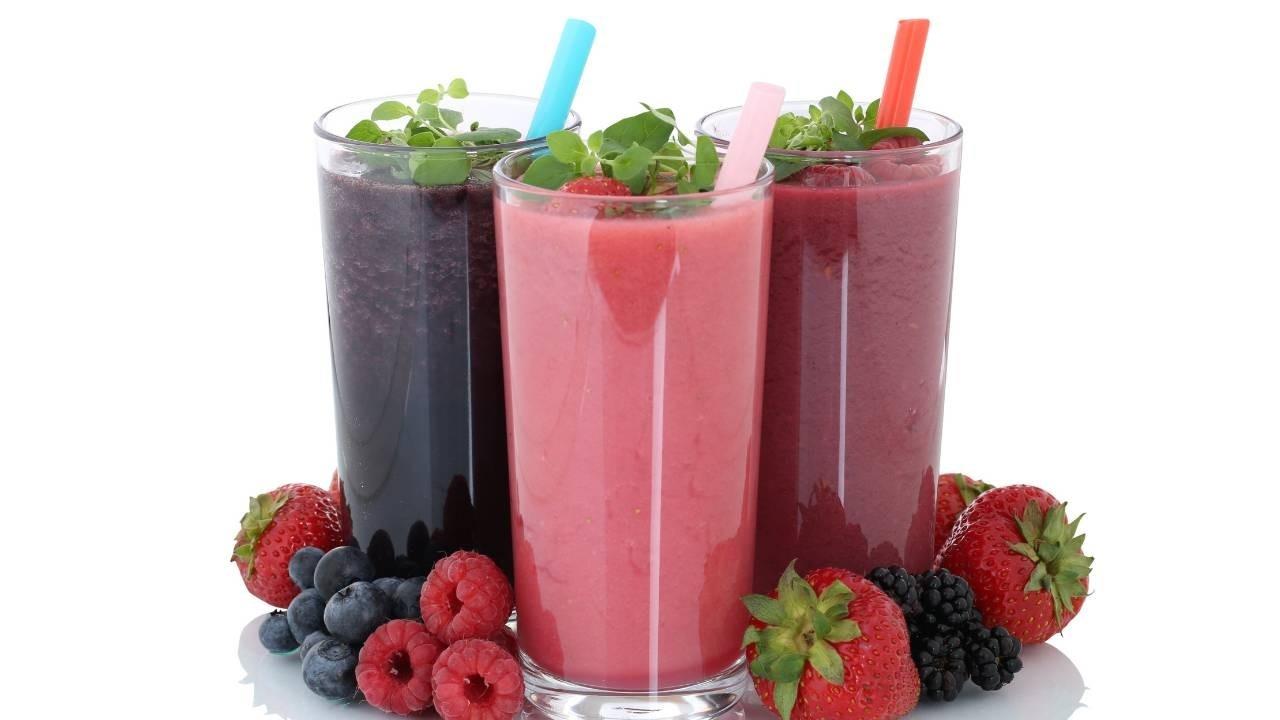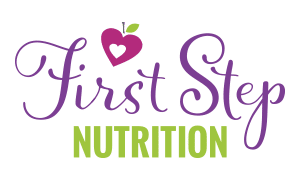
Pesticides in Produce: Are pesticides safe for your family?
I am happy to bring you this sponsored post today, thanks to CropLife Canada. All thoughts are my own.
As a fellow parent, I know there is a lot of fear and misinformation when it comes to feeding our babies and kids. Words like “toxic” and “dirty” food are thrown around on the regular.
One topic of confusion I’m going to dig further into today, is pesticides safety in food. To hopefully dispel some myths and ease your mind about the foods you feed your family. I’ll cover how pesticides are used and regulated, how much is actually on our food and if they are safe.
What are pesticides?
Pesticides are compounds that are used to reduce pests (like weeds, insects or fungus) that threaten the health of a crop. There are three different types of pesticides that are primarily used in agriculture:

- Insecticides protect crops from being destroyed by insects.
- Fungicides protect plants against fungi. In some cases, fungi that grows on certain crops like wheat and peanuts, can be dangerous to humans (like mycotoxins).
- Herbicides protect crops from weeds, which compete with plants for water, light and soil.
How are pesticides developed and regulated?
A division of Health Canada called the “Pest Management Regulatory Agency” evaluates pesticides. Three hundred scientists work for this agency, and collaborate with experts worldwide.
To get a new pesticide approved and to farmers can take over 10 years and 350 million dollars. This is because the new pesticide goes through over 200 studies to make sure it meets environmental and human health standards.
These health standards consider all age demographics before a pesticide is approved for use. It sets safety limits for pesticide residues that are usually 100 times or more below a level that would pose any safety concern.
For more info on how pesticides are tested, check out this link.
How do farmers use pesticides, and why?
To give an example of how farmers use pesticides, let’s look at apples. There are 40 varieties of apples grown across Canada. And they are a year-round nutritious favourite fruit for kids & adults!
Modern apple farmers use a process called “integrated pest management” to help their crops grow. The apples are monitored for signs of pest problems. If there’s a concern, the farmers don’t just douse the apples in pesticides. They use different methods like changing irrigation levels, pruning, using nets and/or applying pesticides to protect the crop.
Why add pesticides into the pest control mix? Because they work! Without pesticides, 50% fewer apples would make it to market. This of course affects the farmers profitability and workload.
And if less apples made it to market, availability to the consumer (you!) would be decreased. And price for the consumer would go up. It’s estimated that without plant science, would cost us 47% more – saving the average Canadian family about $4,000 per year!
Are pesticides safe?
But what is money savings, if pesticides cost your (or your children’s) health? And do they really negatively affect health?
Canadian-grown fresh produce tested by the Canadian Food Inspection Agency’s 2014-15 “National Chemical Residue Monitoring Program” was found to be within acceptable limits for pesticide residues. Imported food is also assessed for pesticide residues. “Maximum Residue Limits” (MRL) are set at levels far below the amount of pesticide residue that could cause health problems. And as part of the review process for pesticides, special consideration is given to vulnerable groups, including infants, children and pregnant women.
A report from the United States Department of Agriculture found “pesticide residues do not pose a safety concern for U.S. food.” The study, conducted every year, concluded that over 99 percent of produce has pesticide residue levels well below the safety tolerance levels.
And even though the presence of a pesticide may be detected, that does not mean that it would have an effect on humans. Detection technology is very sophisticated now, and can find a pesticide amount as small as one part per billion (like a drop of water in an Olympic-sized swimming pool). These levels are far below any possible concentration that has been shown to cause harm to humans. And some pesticides, while harmful to an insect or weed, don’t affect humans at all.
What about the Dirty Dozen?
You may have heard of the Environmental Working Group’s (EWG) “Dirty Dozen” list. They test conventionally grown produce and add those with the most pesticides onto their “dirty” list. And warn consumers to: “Beware of pesticides in fruit and vegetables.”
But just because pesticides can be detected (remember when I said above we can now detect extremely minute amounts?!), doesn’t mean it’s at a dangerous level. Apples and strawberries (two of my kid’s favourite fruits) usually top the EWG’s Dirty Dozen list.
What EWG doesn’t mention, is that a child could eat 181 servings of strawberries and 340 servings of apples a day without any impact from pesticide residue. And these calculations are using highest residue levels ever recorded, according to the Alliance for Food and Farming’s pesticide residue calculator. I’d say my kids max out at 1, maybe 2 apples each per day – it’s clearly impossible for them to eat 340.
And as far as I know, the EWG doesn’t test organic produce. Did you know that organic farming uses pesticides too?! Of course, at the lowest levels possible to prevent damage by pests, as with conventional farming. While synthetic pesticides cannot be used in organic farming, naturally-derived pesticides can be used on organic crops. In some cases, it may take more of the natural pesticide to fend off weeds, fungus and insects. Check out this farmer’s take; he grows both organic and conventional food.
Whether used in organic or conventional production, pesticides in Canada all go through the same health and safety review process.
I’ve always heard and thought that research showed lower pesticides in people’s urine after switching to organic diets. However, I’ve been learning that these studies often don’t test for pesticides that can be used on organic foods – just synthetic! So of course the results make sense, but don’t prove that organic food is lower in pesticide residues. I don’t believe the EWG tested organic produce for organic-approved pesticides, but would like to see these results too.
Bottom line: Eat your fruits and veggies
CBC news recently reported that BC researchers saw a significant decline in Canadian’s fruit and vegetable consumption between 2004 and 2015. The study looked at 24-hour food recalls from over 50,000 Canadians over the age 2 years old in 2004, and again in 2015. They found a decrease in 13% of fruit and veggie intake.
Low fruit and vegetable intake puts Canadians at risk for increased chronic disease, cancer, type 2 diabetes and cardiovascular disease. While not the whole picture, confusion over whether produce is safe may be causing consumers to buy less produce overall. Because most can’t afford organic and may be fearful of conventional.
Yet a study in the Journal of Food and Chemical Toxicology estimated that if half of the US population consumed just one more serving of produce per day, 20,000 cancer cases would be prevented. The study also analyzed the potential cancer risk from pesticides on produce and came to the conclusion: “The overwhelming difference between benefits and risk estimates provides confidence that consumers should not be concerned about cancer risks from consuming conventionally-grown fruits and vegetables.”
So enough with the fear and confusion. Buy organic, local or conventionally grown fruits and veggies. And feel confident in feeding them to your family.
More Resources:
Croplife.ca: Learn about plant science in Canada.
Bestfoodfacts.org: 200 food system experts provide the facts about food.
Before the Plate documentary: I enjoyed this Canadian documentary, following a Toronto chef to visit farms to discover “the questions, the stories and the people behind where our food comes from and how it gets to our plate.”
Safe Fruits & Veggies: A resource for science-based information about the safety of organic and conventional produce. Test out their pesticide residue calculator.
Real Farm Lives: An article about a real apple farm and how they mange pests: Why the Ardiels need plant science to prevent bad apples.
Founder of First Step Nutrition | Registered Dietitian Nutritionist
Jen believes raising happy, well-nourished eaters who have a healthy relationship with food doesn't have to be a battle! She is an author and speaker with 18 years of experience specializing in family nutrition and helps parents teach their kids to try new foods without yelling, tricking, or bribing.







Sorry, the comment form is closed at this time.